The company says it has cracked the code for error correction and is building a modular machine in New York state.
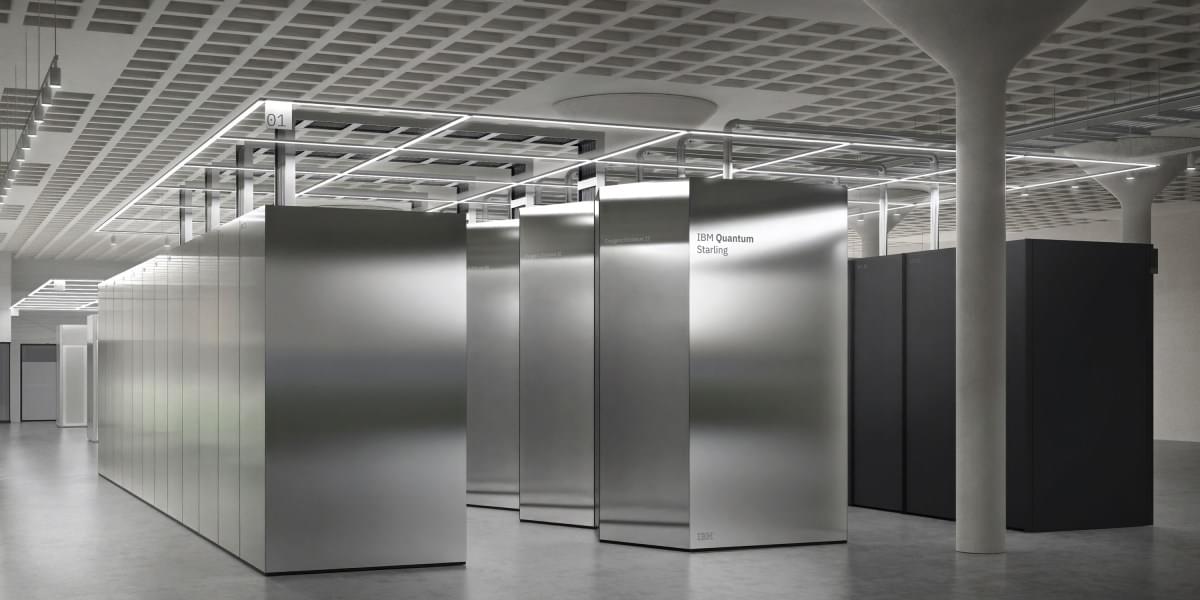

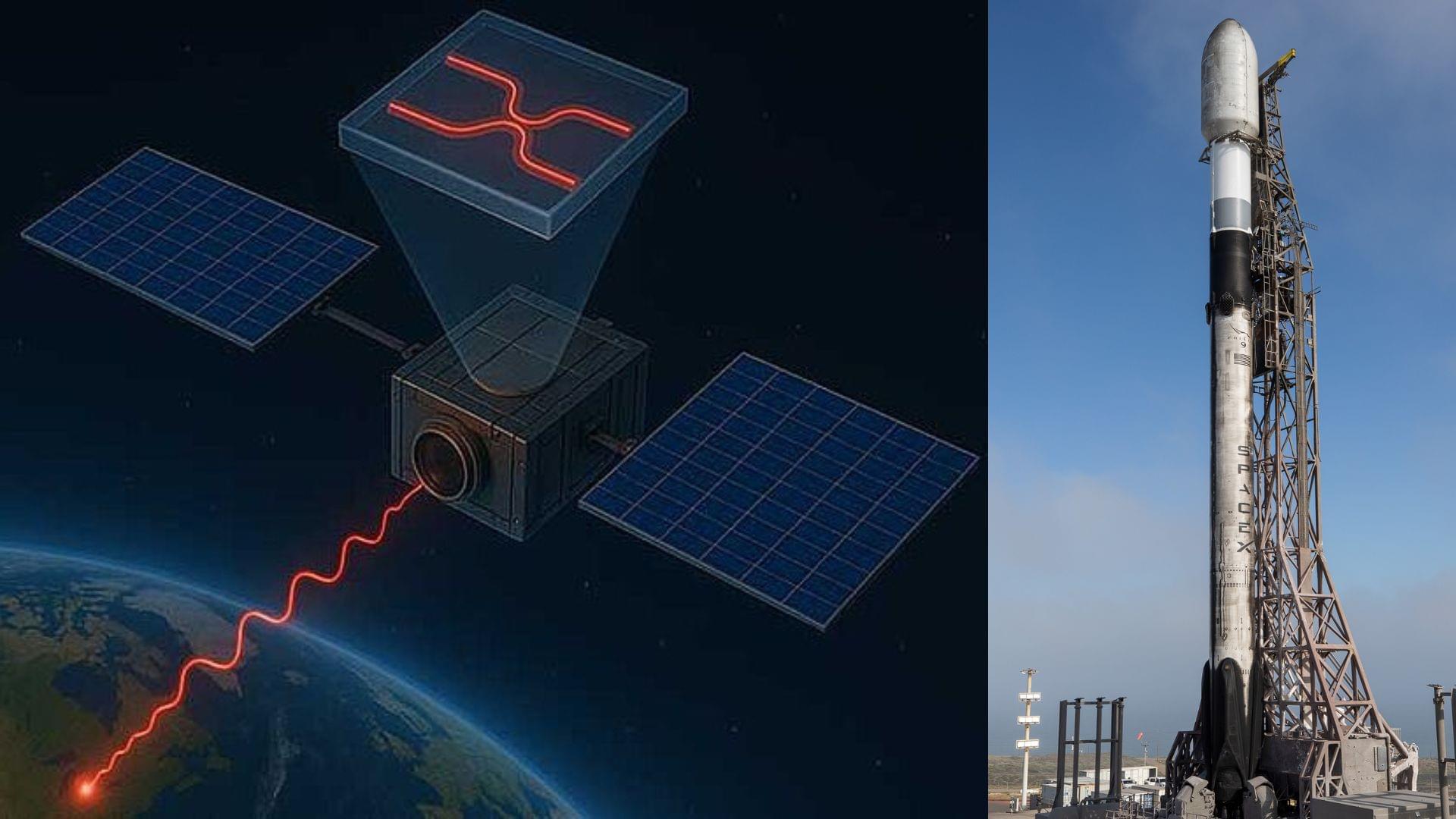
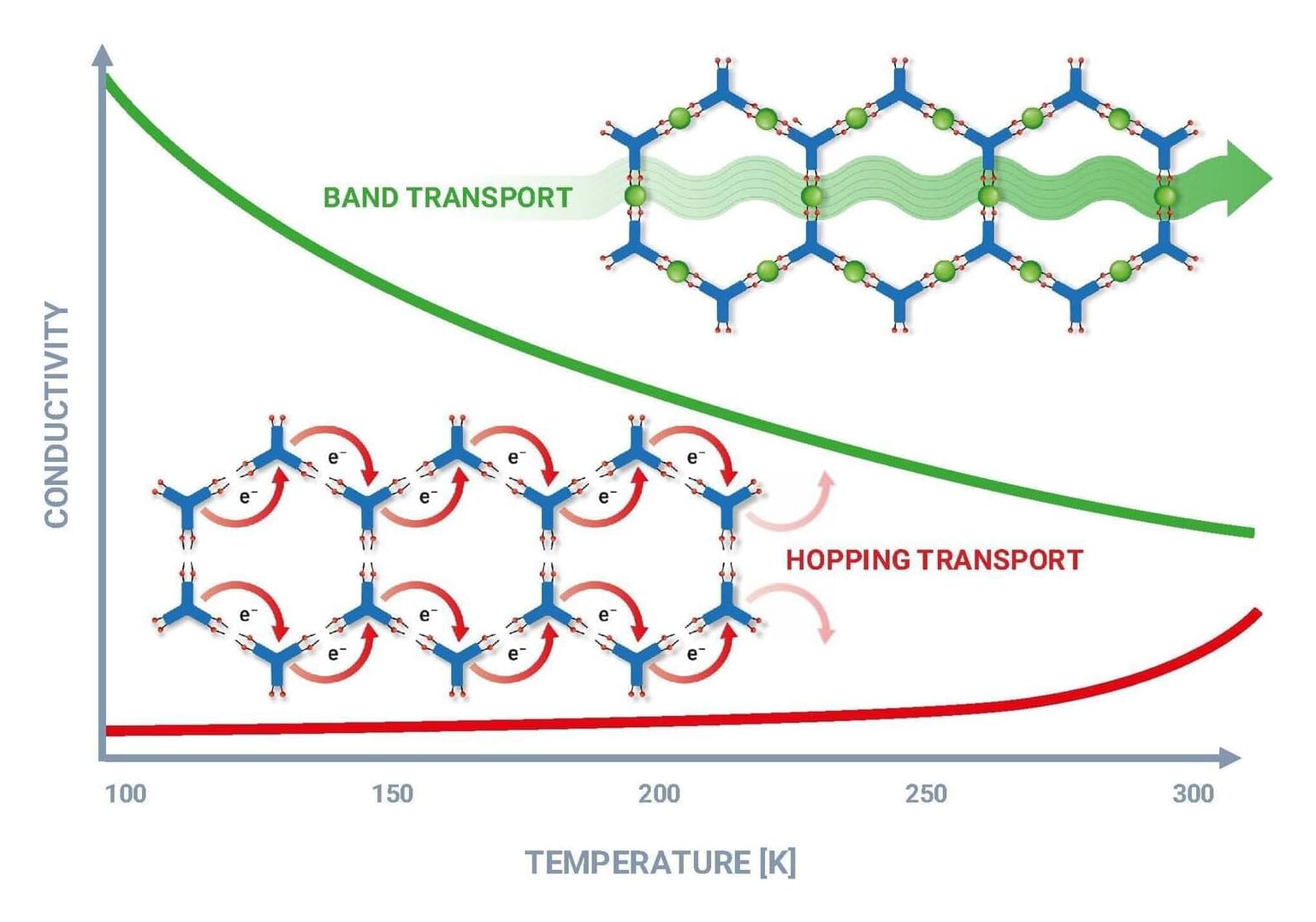
Metal-organic frameworks (MOFs) are characterized by high porosity and structural versatility. They have enormous potential, for example, for applications in electronics. However, their low electrical conductivity has so far greatly restricted their adoption.
Using AI and robot-assisted synthesis in a self-driving laboratory, researchers from Karlsruhe Institute of Technology (KIT), together with colleagues in Germany and Brazil, have now succeeded in producing an MOF thin film that conducts electricity like metals. This opens up new possibilities in electronics and energy storage —from sensors and quantum materials to functional materials.
The team reports on this work in the Materials Horizons journal.
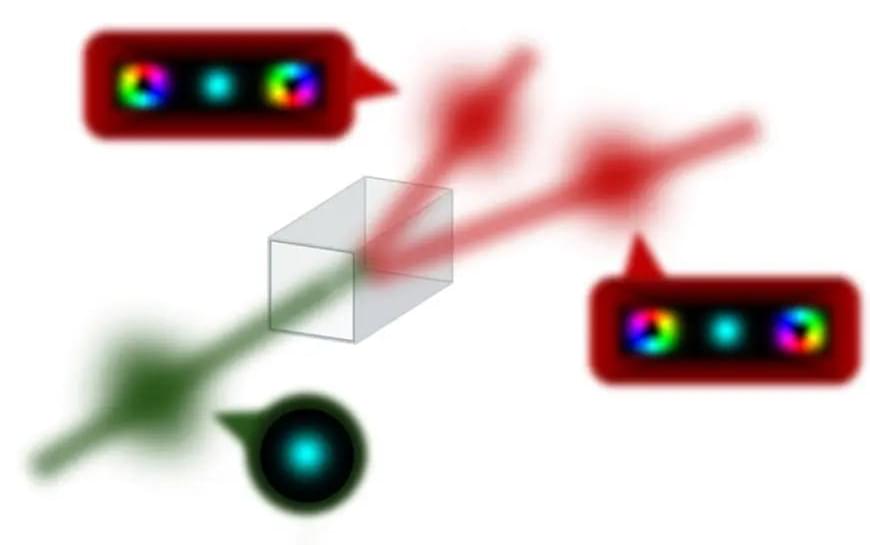
Researchers at Tampere University and their collaborators from Germany and India have experimentally confirmed that angular momentum is conserved when a single photon is converted into a pair – validating a key principle of physics at the quantum level for the first time. This breakthrough opens new possibilities for creating complex quantum states useful in computing, communication, and sensing.
Conservation laws are the heart of our natural scientific understanding as they govern which processes are allowed or forbidden. A simple example is that of colliding billiard balls, where the motion – and with it, their linear momentum – is transferred from one ball to another. A similar conservation rule also exists for rotating objects, which have angular momentum. Interestingly, light can also have an angular momentum, e.g., orbital angular momentum (OAM), which is connected to the light’s spatial structure.
In the quantum realm, this implies that single particles of light, so-called photons, have well-defined quanta of OAM, which need to be conserved in light-matter interactions. In a recent study in Physical Review Letters, researchers from Tampere University and their collaborators, have now pushed the test of these conservation laws to absolute quantum limit. They explore if the conservation of OAM quanta holds when a single photon is split into a photon pair.
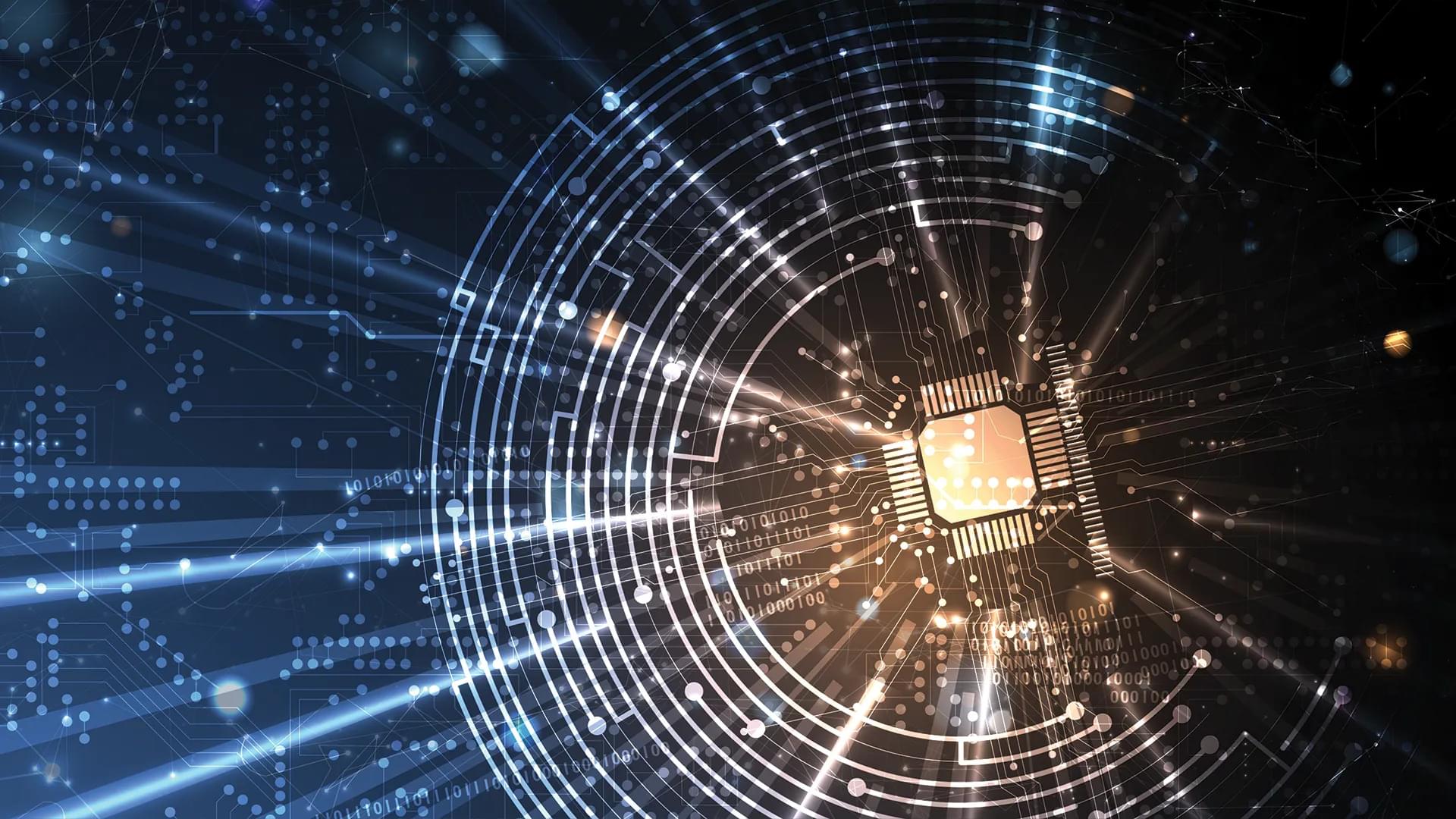
Quantum computing just got a significant boost thanks to researchers at the University of Osaka, who developed a much more efficient way to create “magic states”—a key component for fault-tolerant quantum computers. By pioneering a low-level, or “level-zero,” distillation method, they dramatically reduced the number of qubits and computational resources needed, overcoming one of the biggest obstacles: quantum noise. This innovation could accelerate the arrival of powerful quantum machines capable of revolutionizing industries from finance to biotech.
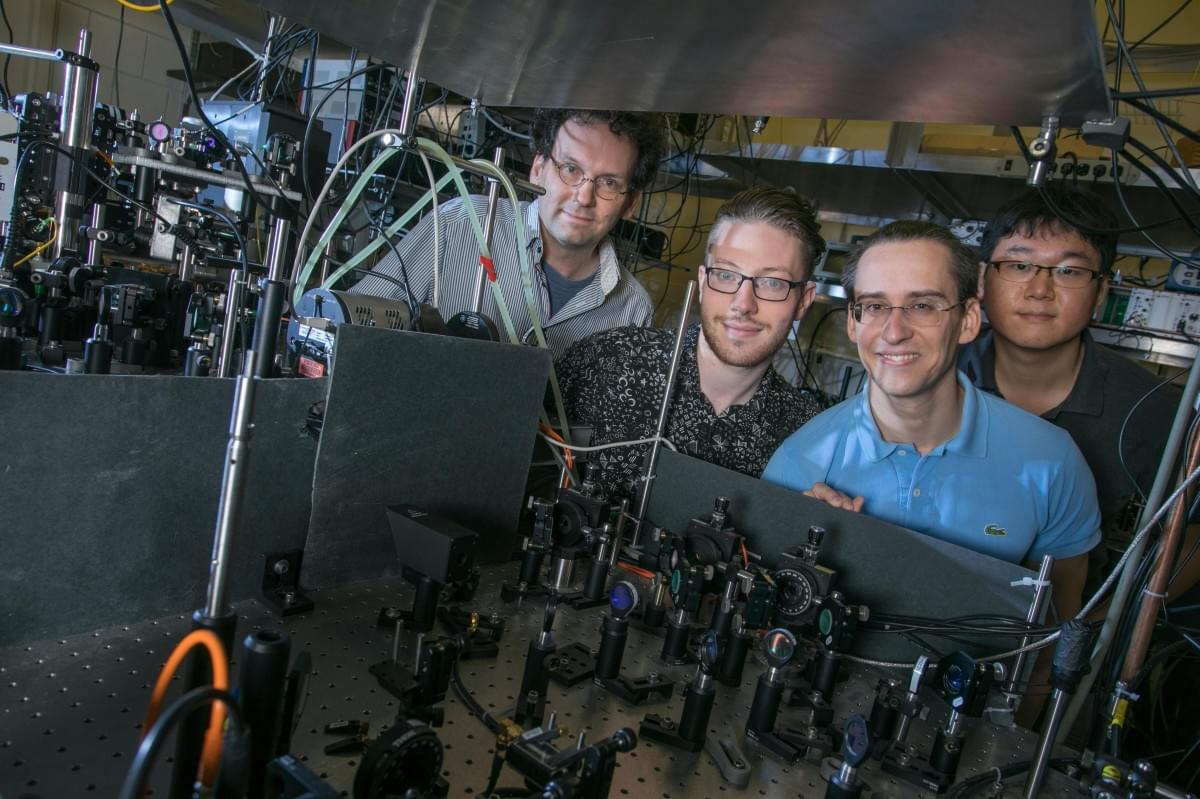
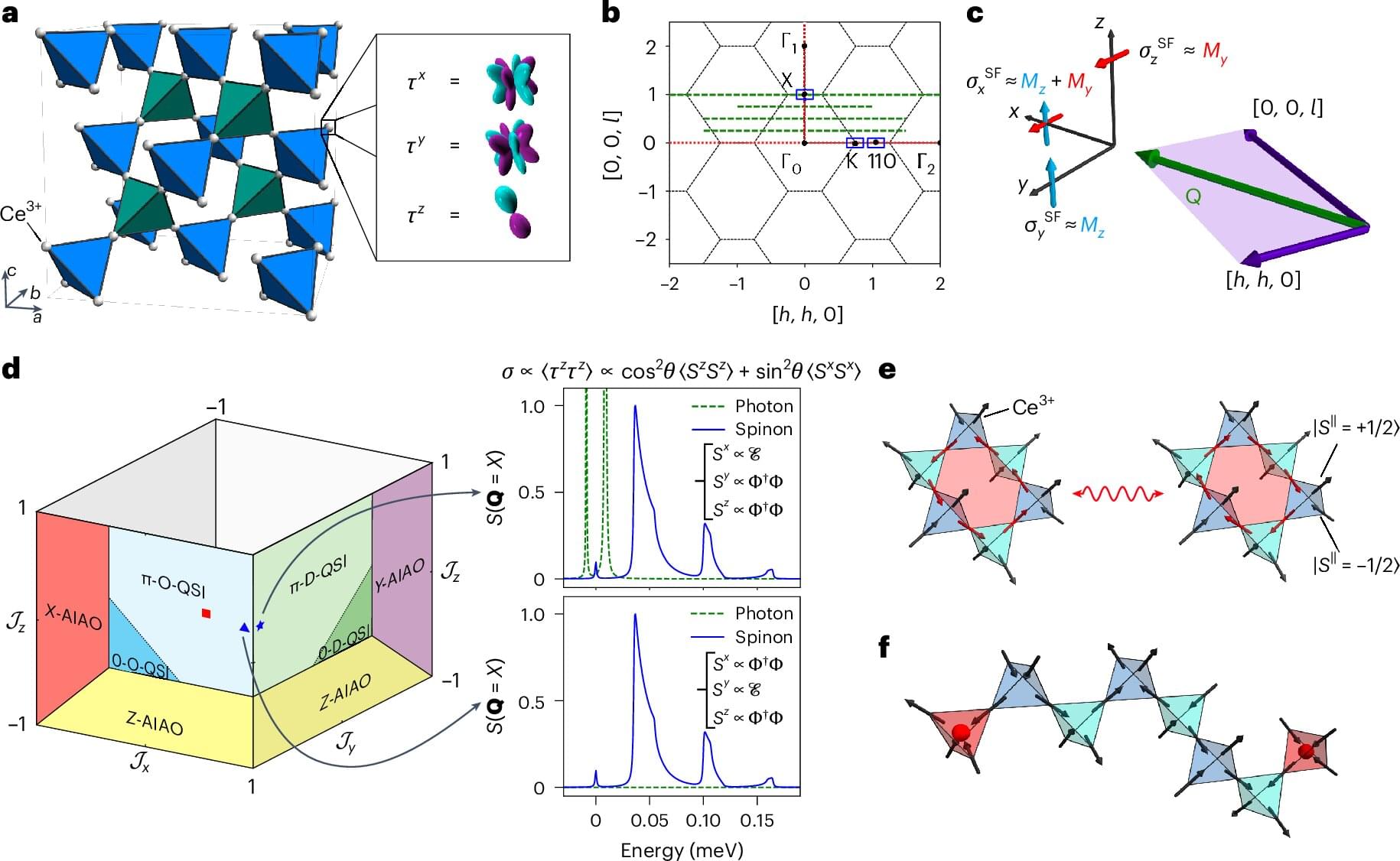
An international team of scientists led by Rice University’s Pengcheng Dai has confirmed the existence of emergent photons and fractionalized spin excitations in a rare quantum spin liquid. Published in Nature Physics on June 19, their findings identify the crystalline compound cerium zirconium oxide (Ce₂Zr₂O₇) as a clear 3D realization of this exotic state of matter.
Long a subject of theoretical intrigue, quantum spin liquids offer promise for revolutionary technologies, including quantum computing and dissipationless energy transmission. By refusing to conform to traditional magnetic behavior, these materials realize emergent quantum electrodynamics via highly quantum-entangled motions of magnetic moments at temperatures near absolute zero.
“We’ve answered a major open question by directly detecting these excitations,” said Dai, the Sam and Helen Worden Professor of Physics and Astronomy. “This confirms that Ce₂Zr₂O₇ behaves as a true quantum spin ice, a special class of quantum spin liquids in three dimensions.”
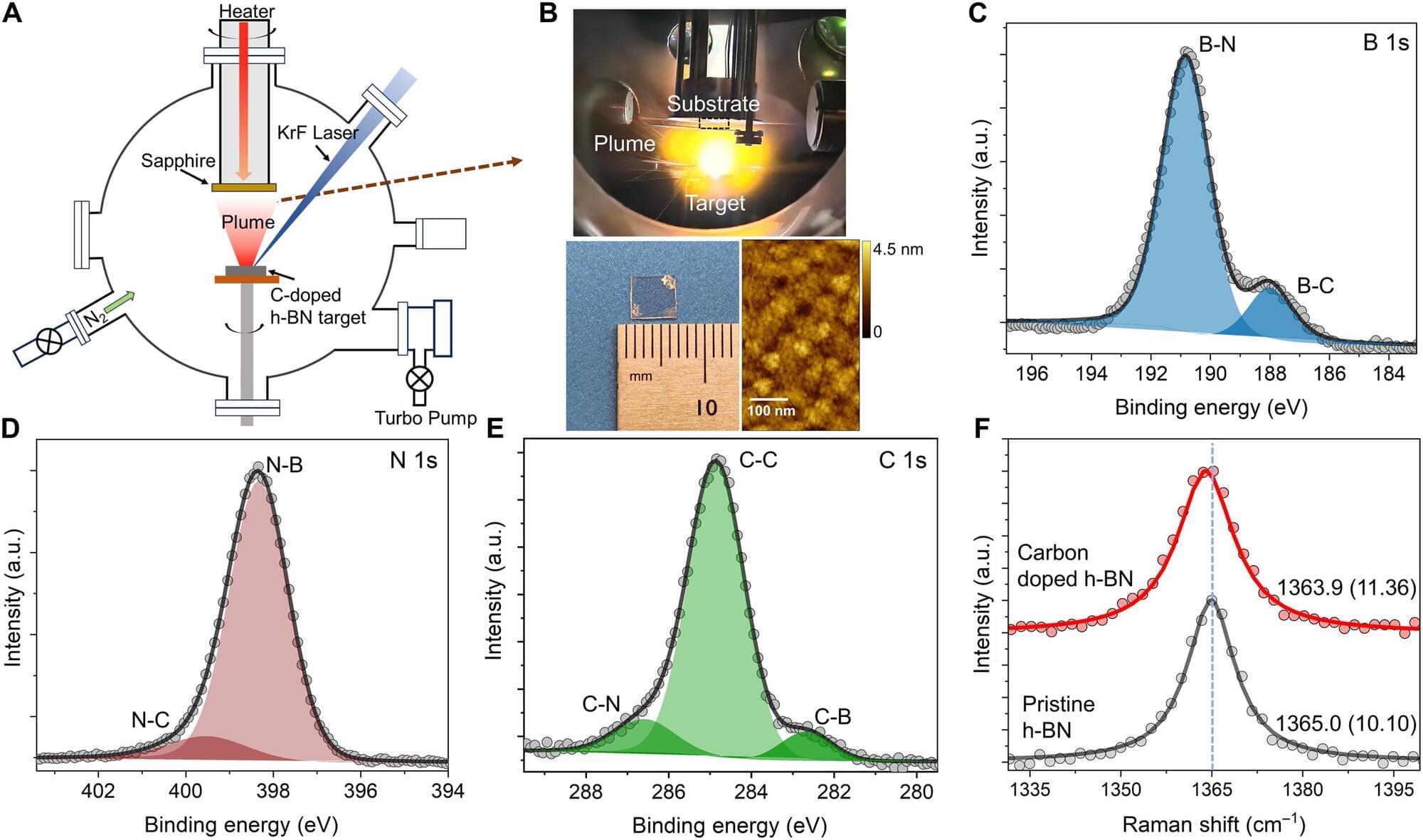
Scientists across the world are working to make quantum technologies viable at scale—an achievement that requires a reliable way to generate qubits, or quantum bits, which are the fundamental units of information in quantum computing.
The task has so far remained elusive, but one of the materials that has garnered a lot of attention as a possible qubit platform is hexagonal boron nitride (h-BN), a 2D material that can host solid-state single-photon emitters (SPEs). Like the name indicates, SPEs are atomic structures in solid materials that can produce individual photons.
In a new study published in Science Advances, researchers at Rice University and collaborators at Oak Ridge National Laboratory and the University of Technology, Sydney report the first demonstration of low noise, room-temperature quantum emitters in h-BN made through a scalable growth technique.
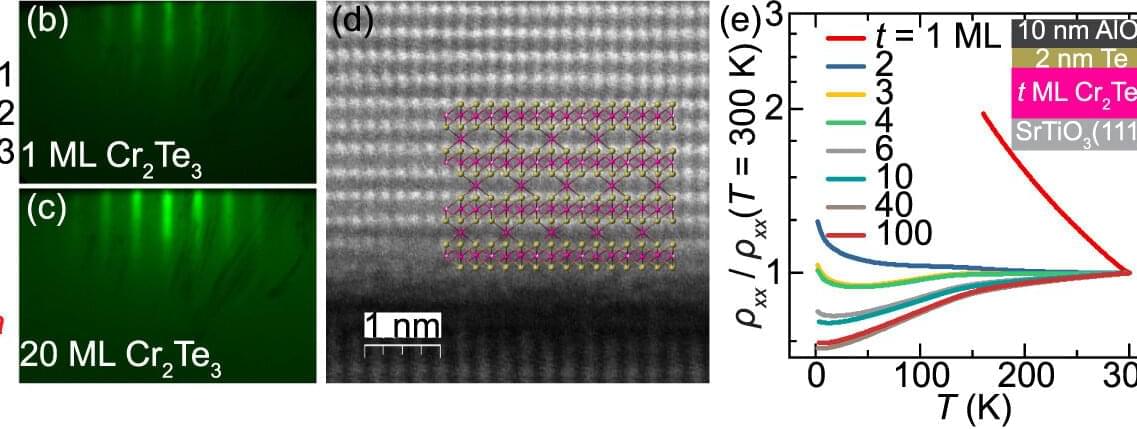
A team of international researchers led by the University of Ottawa has made a breakthrough in the development of ultra-thin magnets—a discovery that could lead to faster, more energy-efficient electronics, quantum computers, and advanced communication systems.
The study, led by Hang Chi, Canada Research Chair in Quantum Electronic Devices and Circuits, & Assistant Professor of Physics at uOttawa’s Faculty of Science, demonstrates a new way to strengthen magnetism in materials just a few atoms thick. This is a critical step toward making these tiny magnets practical for real-world technologies.
The paper is published in the journal Reports on Progress in Physics.

Embezzlement of entanglement is an exotic phenomenon in quantum information science, describing the possibility of extracting entanglement from a resource system without changing its quantum state. In this context, the resource systems play the role of a catalyst, enabling a state transition that would otherwise be impossible, without being consumed in the process. For embezzlement of entanglement to be possible, the resource state needs to be highly entangled.
The term “universal embezzler” refers to the idea of a bipartite quantum system where every state is sufficiently entangled to make embezzlement possible. So far, it seemed highly questionable that physical systems exhibiting such strong entanglement properties could exist in the first place.
Yet researchers at Leibniz University Hannover have now shown that universal embezzlement emerges in all critical fermion chains, meaning one-dimensional fermion systems at quantum phase transitions. While their paper, published in Nature Physics, is merely theoretical, it could open new possibilities for the study of many-body physics and for the development of quantum technologies.